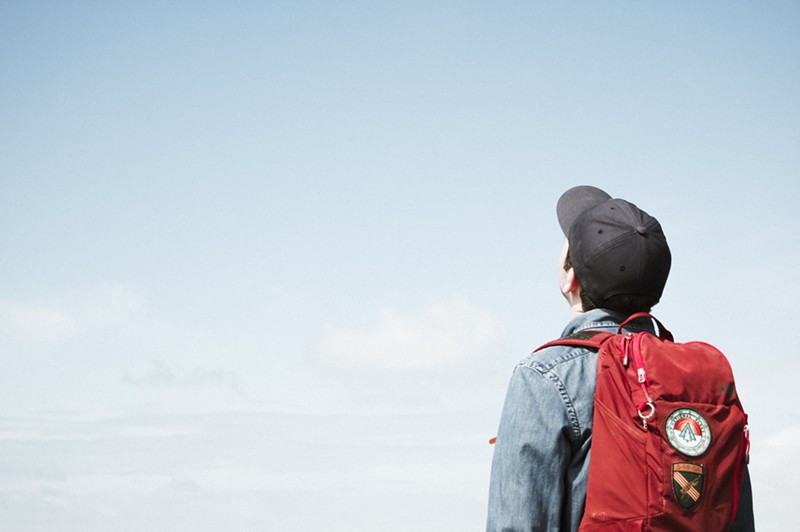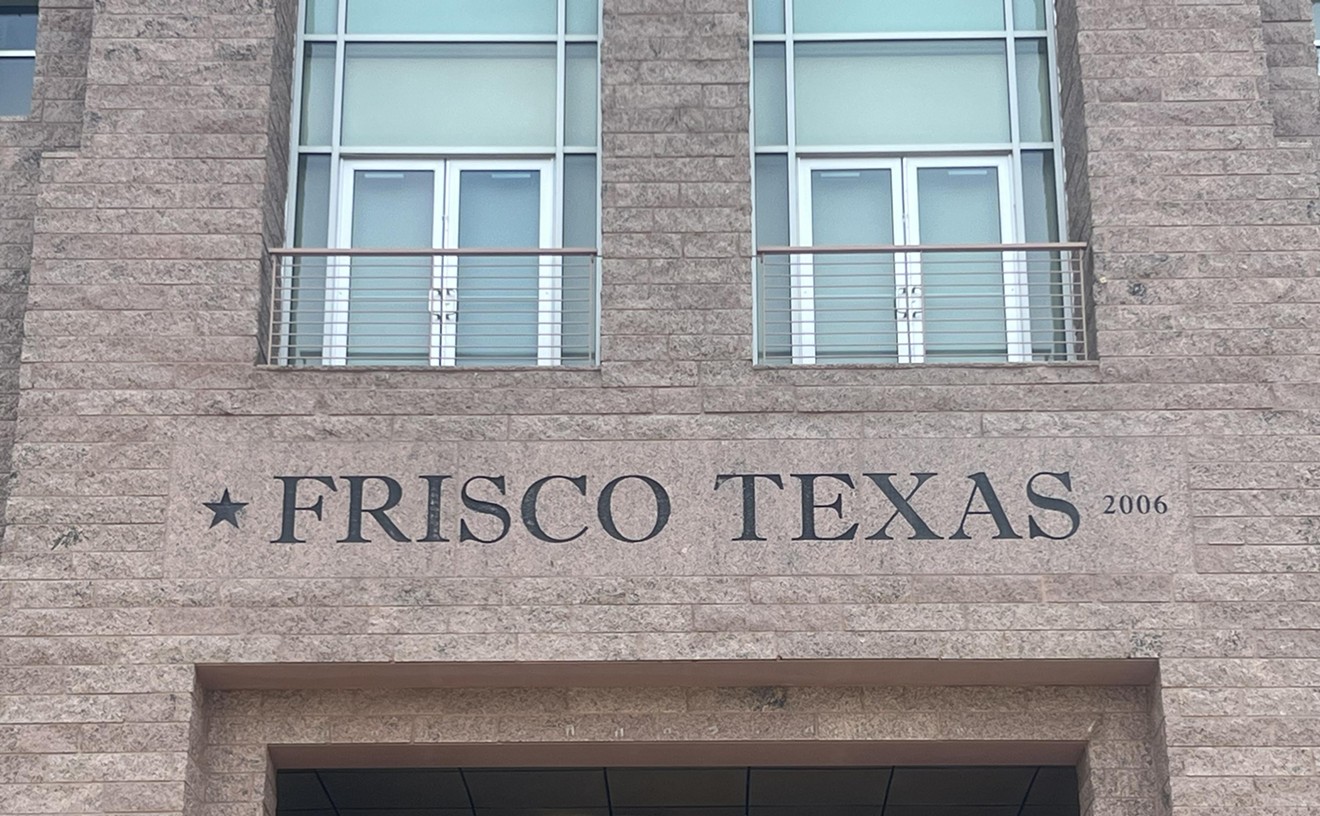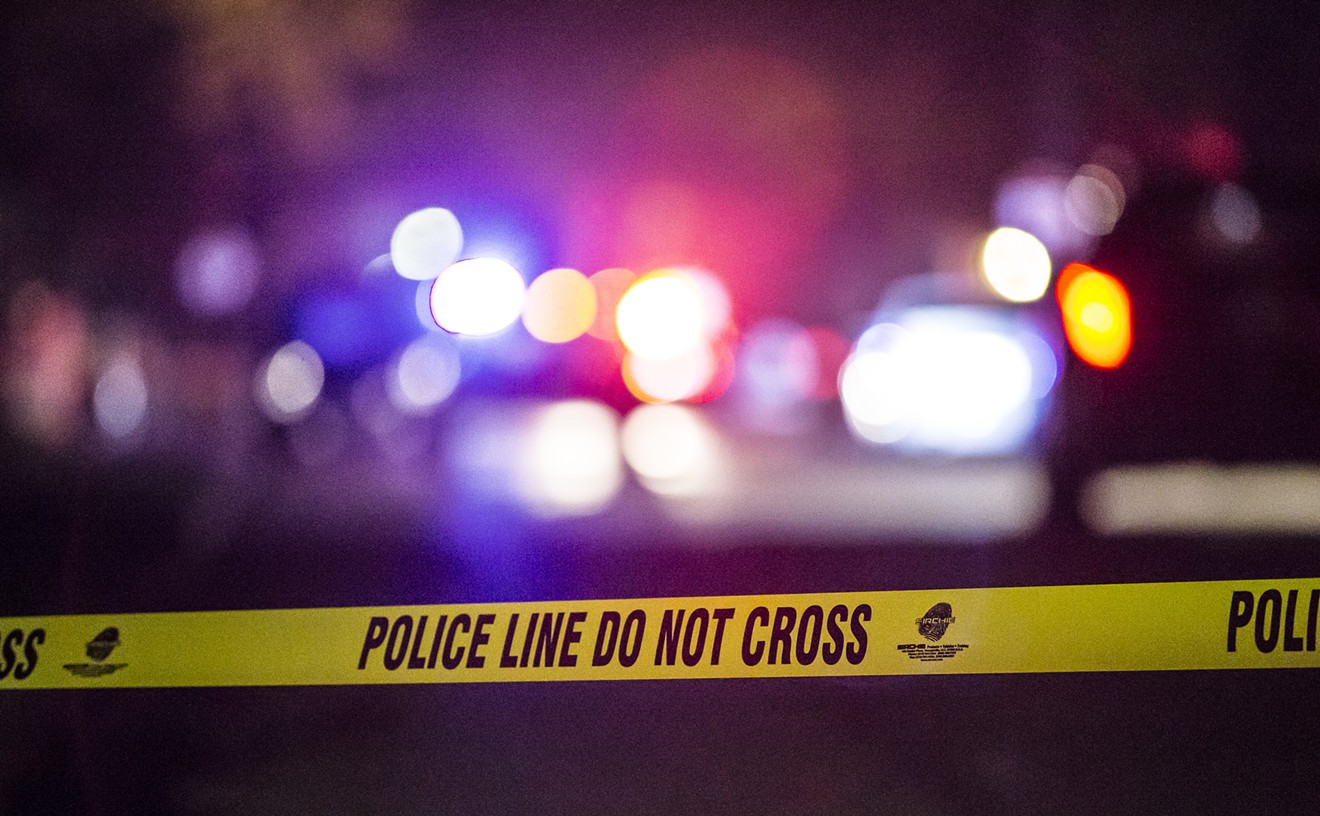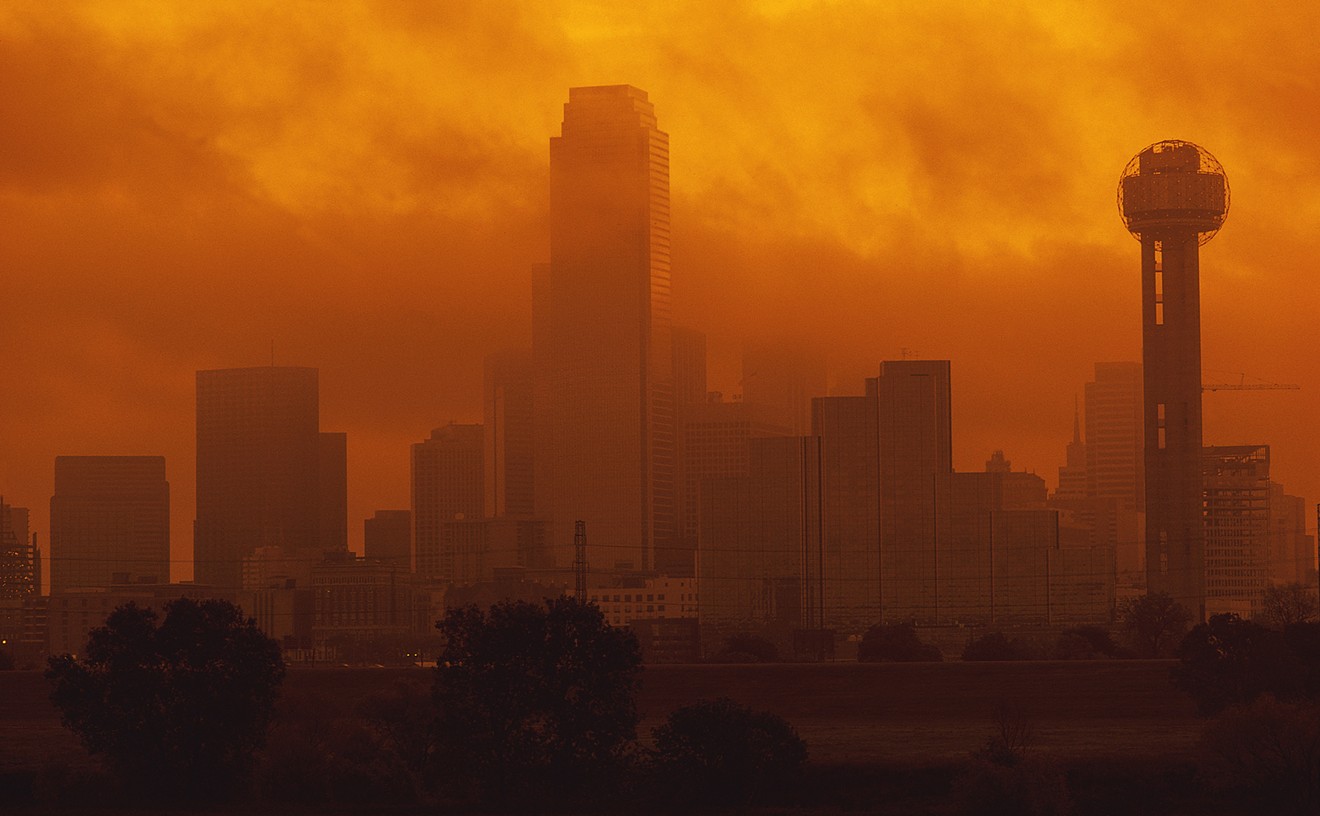Well, it’s been more than three years since the pandemic first touched down, and its effects are still being felt: Some educators have noted a rise in chronic absenteeism.
Tracey Brown, executive director of Dallas ISD’s mental health services department, said DISD is one of countless districts across the U.S. that is concerned about absenteeism and student engagement.
“It is something that we feel like is a result of COVID: kids being out of their normal routine of going to school,” she said. “Because for many kids, school is the safety net that they have — to be with their peers, to be able to learn — and we know that COVID kind of took us out of that routine.”
Around 22% of students nationwide were on their way to being considered chronically absent during the 2021–22 school year, according to the McKinsey & Company consulting firm. Other, more recent, research had similar findings.
An October report from the nonprofit initiative Attendance Works suggests that during that same school year, 66% of enrolled students attended a campus with “high or extreme levels” of chronic absenteeism.
Returning to the classroom required a period of reacclimation, Brown explained, and questions remained over COVID-19 safety protocols. Just when it seemed that the pandemic dust had settled, a new complication would crop up.
“It's like, ‘OK, is it over? Is it not? What do we do? What do we continue to do to keep ourselves safe?’” Brown said. “So, I think that has contributed to some of the anxieties that students experience.”
Some school officials have indeed tied chronic absences to a rise in anxiety and depression.
At the root of such anxiety is fear: a fear of the unknown, Brown said. It’s led to students withdrawing and isolating themselves, and there’s been a spike in suicidal thoughts — something that professionals in the district are working to address.
“For many kids, school is the safety net that they have — to be with their peers, to be able to learn — and we know that COVID kind of took us out of that routine.” – Dr. Tracey Brown, Dallas ISD
tweet this
Social isolation can affect how students act toward their peers and adults, she added; there’s been a “little bit of a rise in disruptive behavior,” likely because kids don’t know how to process some of their fears and traumas. Brown and company are aiming to reduce the number of kids being sent to alternative school.
Drugs and alcohol may keep kids from attending class, but Brown mentioned that some families are also struggling with factors like transportation barriers and finances, which can hamper student engagement.
Research shows that the pandemic sparked a mental health crisis among adults and college students across all states and demographics, but it’s especially the case for K-12 kids, said Robin Jocius, assistant professor of literary studies at the University of Texas at Arlington. Fallout can manifest in absenteeism, as well as in increased behavioral incidents and referrals for mental health services.
This phenomenon isn’t occurring only in Texas. The emergency department at Children’s Health of Orange County in California noted that behavioral or mental health visits jumped 41% from summer 2019 to spring 2022.
The pandemic’s effects will be long lasting, Jocius said, and we’ll likely have to grapple with them for decades to come.
If a student doesn’t feel protected or safe, it’s more common for them to miss class, she said. That in turn can hinder their social and emotional development and academic capabilities.
“Because of that direct link between mental health and absenteeism, we're really finding that it's kind of a snowball effect where it impacts their ability to come to school, it impacts their ability to build positive relationships with peers and adults, and it also impacts their academic achievement, which is why I think we're seeing these lasting effects,” Jocius said.
At the same time, Jocius said, teachers are fleeing the field at record rates, so it’s crucial that we retain them by supporting their mental health, too.
There have been positive signs that some learning-loss gaps may be narrowing, yet much of that is thanks to pandemic-era school-relief funding that allowed schools to hire more social workers, counselors and tutors, she said. Such efforts supported students’ mental and emotional health, in addition to their academic development.
But those funds are running out next September, Jocius said.
“There's growing concern among teachers and administrators, in particular, that they won't be able to continue the level of support that students have had over the past few years due to not having those funds anymore,” she said. There’s also concern that things will “revert to even more of a crisis, and some of the gaps that we've seen starting to close, they'll just grow wider again.”













